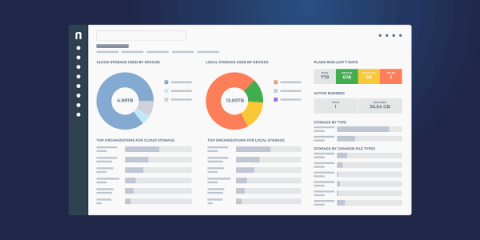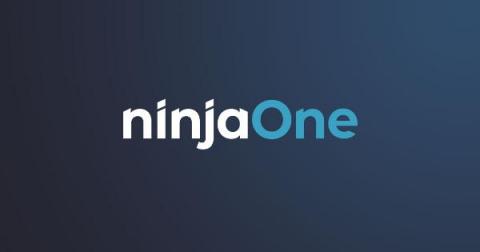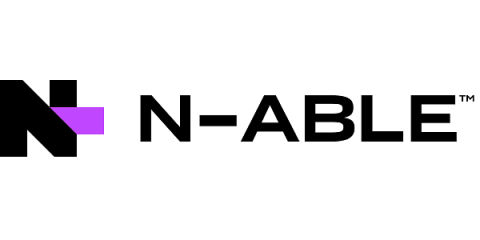Operations | Monitoring | ITSM | DevOps | Cloud
Latest News
Is Your Mac Spying On You? Maybe It Should be
What would you call software installed on your Mac, that’s hidden from sight, difficult to remove, and that silently monitors everything that happens on the system? You might call it spyware, or a RAT (Remote Access Trojan), and start thinking about how best to get rid of it. However, that same description can also be applied to the software that’s used to keep your machine safe from such threats.
Ninja Quick Guides: How to Gather Device Info for Warranty Requests
When submitting a warranty request for a device on your network, you’ll likely need to have important device information handy, such as the serial number. Rather than getting caught up in a game of telephone with the end-user, all relevant information for any devices is conveniently pulled in through the NinjaOne console.
Make Your MSP a Recession-Proof Business
Single Pane of Glass Software: Better than Stand Alone
G2 reports that nearly 70% of IT professionals state that IT environments have increased in complexity compared to just two years ago. More complex IT environments suggest the need for increased monitoring and management to ensure that all components efficiently work together. When you add more applications and software to IT management, it can complicate the management process if solutions don’t integrate or there isn’t structure with how the applications work together.
Ninja Quick Guides: How to Get Device Warranty Info Remotely
Keeping track of and maintaining IT assets is essential for a successful business. However, Capterra reports that businesses are reacting instead of preventing maintenance issues 80% of the time. Proactive IT asset management is made possible with a current and accurate IT asset inventory.
Ninja's Latest Feature Update Saves You Hours of Documentation
Since the addition of custom fields to Ninja, we’ve had the ability to read-from and write-to device-level custom fields via scripts and the terminal. Organization-level custom fields (available as part of Ninja’s documentation functionality) have always been readable via scripts, but up till now they have not been writable.
Cybersecurity Insurance Trends: Key Takeaways for MSPs
The increasing frequency and severity of ransomware attacks are driving significant changes in the cyber insurance market. The May 2021 attack on Colonial Pipeline Co. showed—or rather, confirmed—just how vicious and financially damaging these events can be. Unsurprisingly, cyber security insurers are taking steps to limit their exposure to losses from cyberattacks.
Ninja Quick Guides: How to Use Winget to Install and Update Software Remotely
Whether your organization has a few remote employees or your entire workforce has gone remote, you need an easy way to install and update software remotely. By using a tool called winget, you can natively deploy software through Windows. In this article, we’ll take a look at what winget is, how it works, and how you can use it.
Using automation to deliver reliable managed security services
As a Cloud Service Provider (CSP), Managed Service Provider (MSP), or Managed Security Service Provider (MSSP) you are instrumental in delivering effective and reliable managed security services to your clients. With cybercriminals taking advantage of less secure environments and becoming more advanced with their security breaches, this is becoming increasingly complex.










